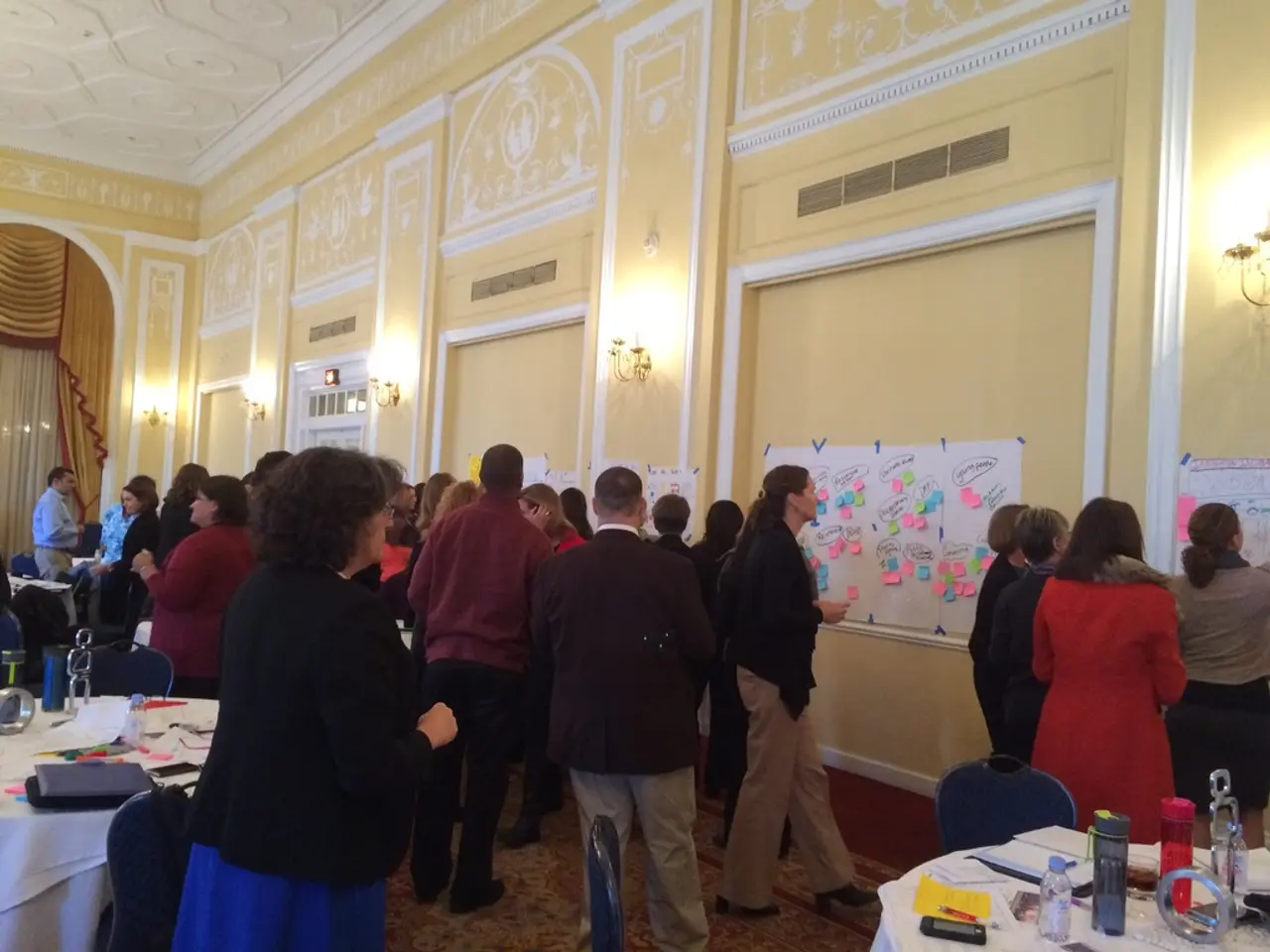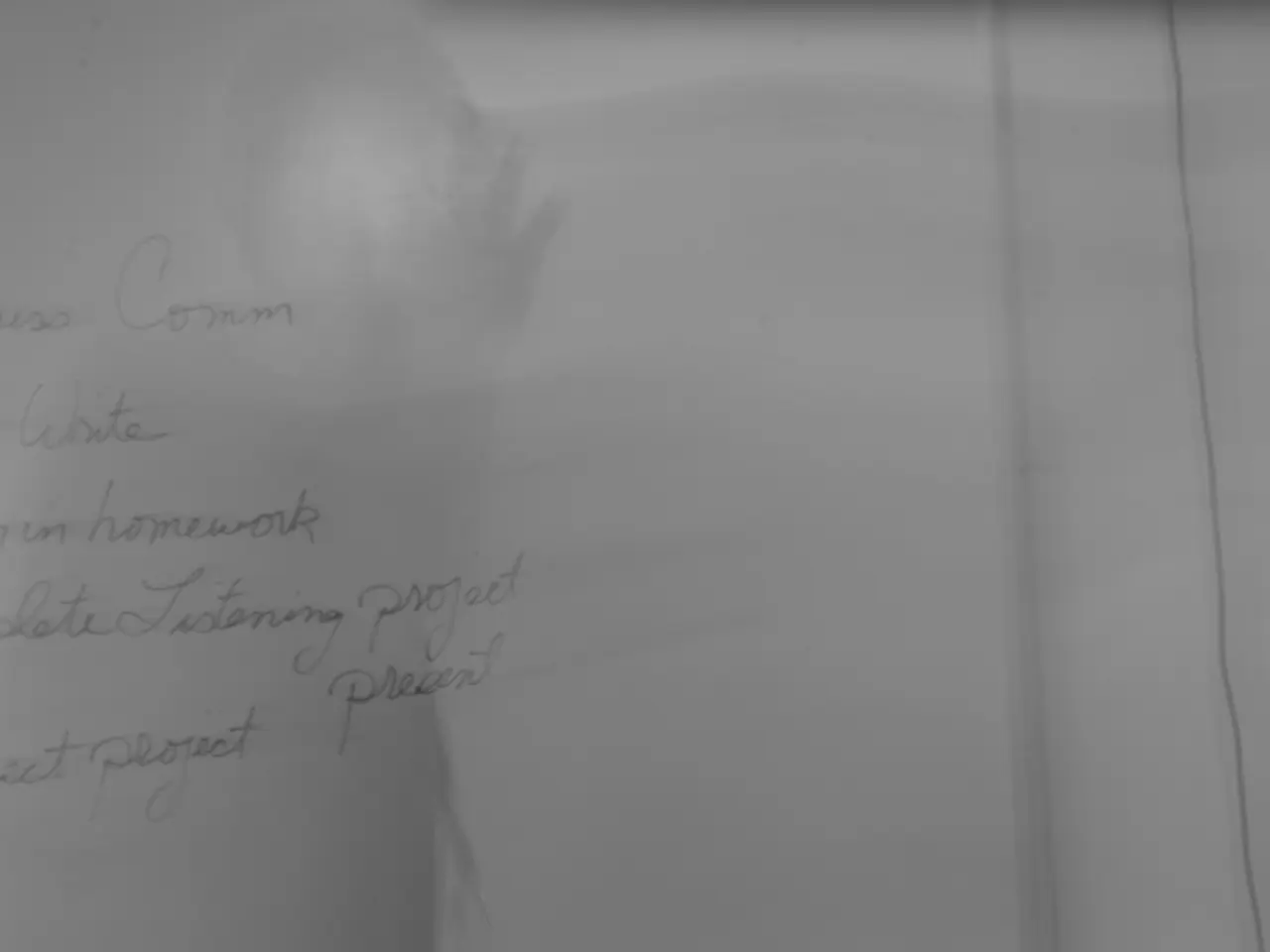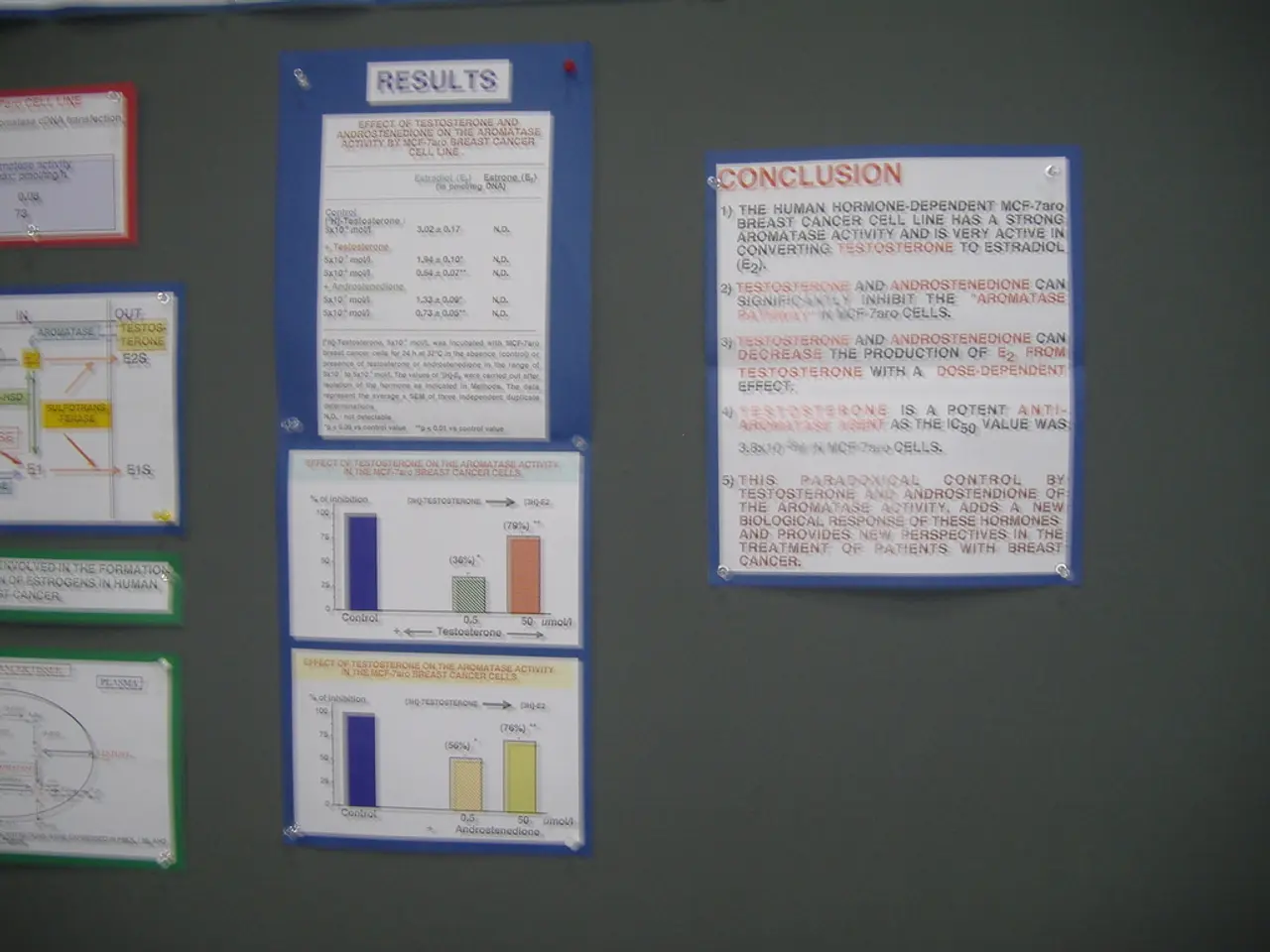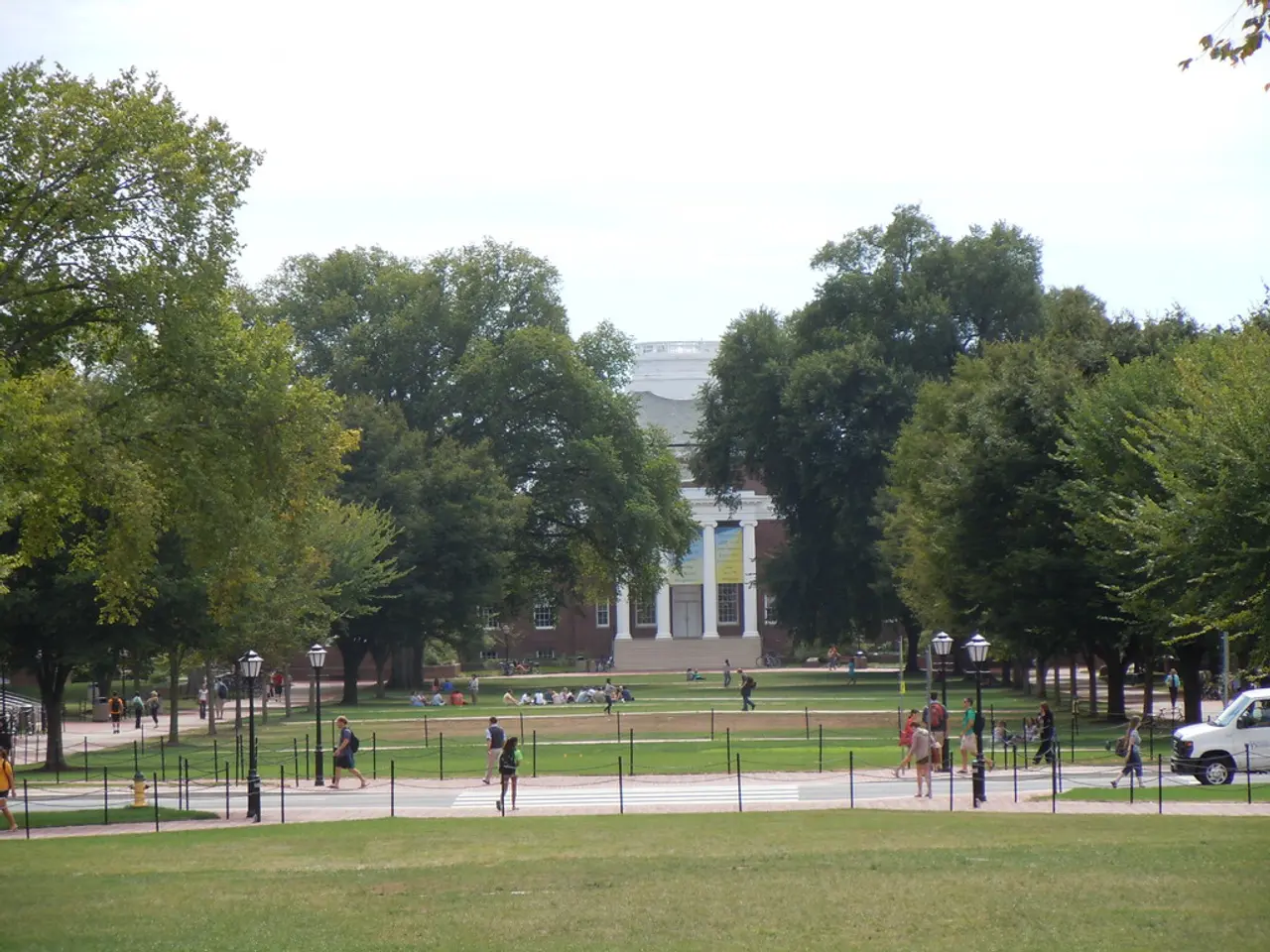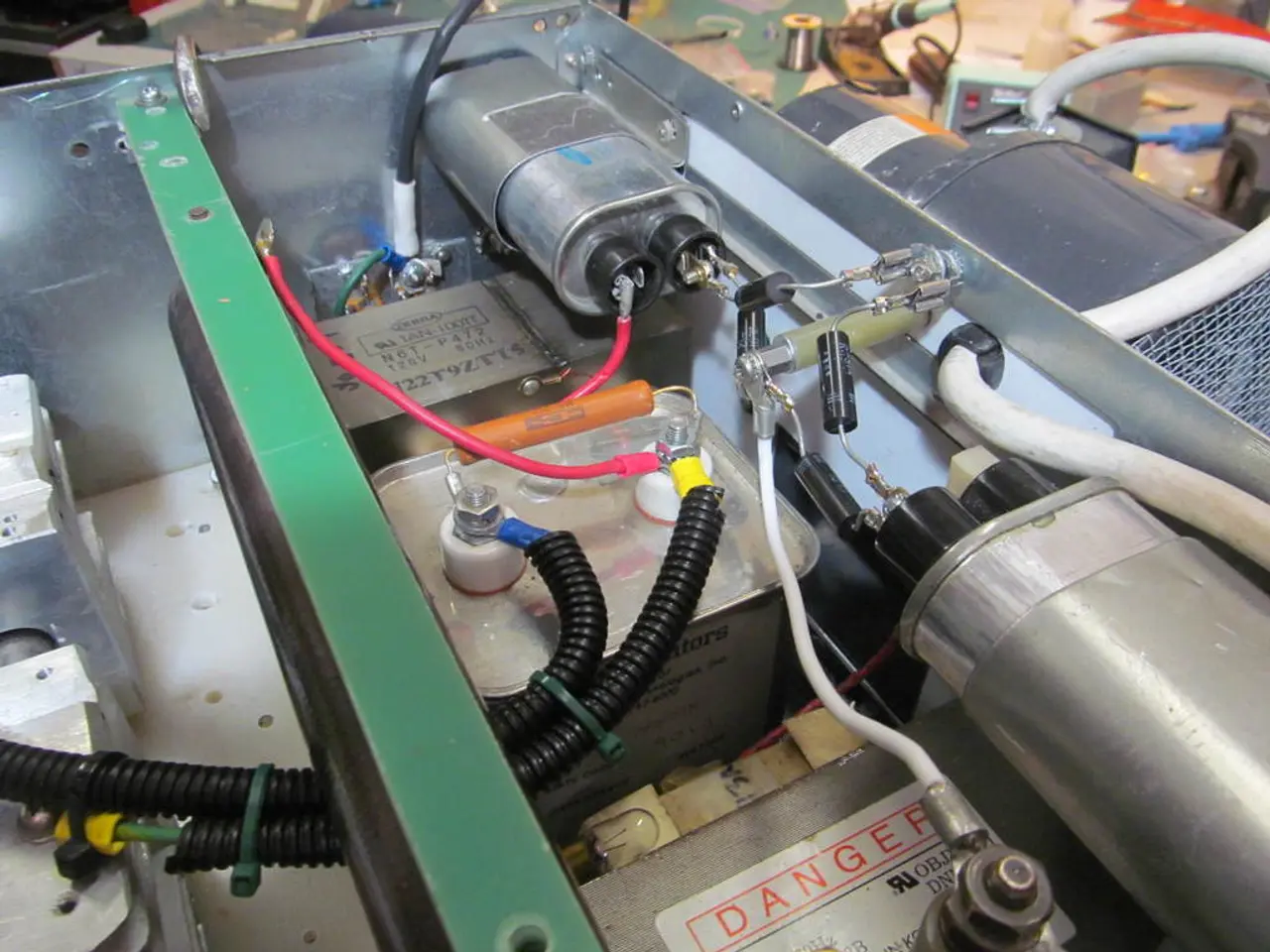Excursions Tailored to State Educational Objectives, Enhancing Practical Competencies in Five Key Areas
Field trips to natural history museums, working farms, historical sites, science centers, art museums, and even state capitol buildings are transforming the way students learn, providing immersive, hands-on experiences that align with academic goals across science, history, and social studies.
These trips offer a unique opportunity to deepen understanding through real-world contexts that reinforce key concepts, promote critical thinking, and engage multiple subjects simultaneously.
Science
At natural history museums and science centers, students can perform experiments and learn scientific concepts aligned with standards like NGSS (Next Generation Science Standards). For example, Kids Science Labs offers hands-on experiments involving physics (simple machines, light behaviour) and biology, helping students grasp core scientific principles and inquiry methods through active engagement. Animal welfare-related field trips teach life science by exploring animal senses and behaviours.
History and Social Studies
Visits to historical sites immerse students in cultural traditions and historical narratives, making abstract concepts tangible. Storytelling activities at museums emphasise preserving cultural heritage and understanding world history, enriching social studies standards about societies and traditions. Art museums enhance understanding of cultural history and artistic expression.
Interdisciplinary Connections
Many field trips integrate science, history, and social studies. For example, Smithsonian's "Age of Dinosaurs" camp combines biology, paleontology, and art, fostering cross-subject learning and creativity. Experiential opportunities like creating Jurassic dioramas connect historical timelines to scientific knowledge and artistic skills.
Skill Development Beyond Content
These experiences promote critical thinking, observation, comparison, and creativity. They also support social skills, cultural awareness, environmental literacy, and character education, which are often components of state standards.
Curriculum Alignment and Planning
Educators can strategically plan and align field trips with state standards for various subjects, ensuring the experiences extend classroom learning and meet instructional goals efficiently.
In sum, field trips serve as powerful educational tools that bring curricula to life by fusing hands-on activities with thematic content across disciplines, reinforcing state educational standards in authentic and engaging ways. They offer a unique opportunity for students to learn beyond the confines of the classroom, making learning an exciting and memorable experience.
[1] Kids Science Labs: https://www.kidssciencelabs.com/ [2] Smithsonian's "Age of Dinosaurs" Camp: https://www.si.edu/event/age-dinosaurs-camp [3] Cultural Awareness and Character Education: https://www.edutopia.org/blog/cultural-awareness-character-education-practice-strategies [4] Inquiry-Based Learning: https://www.edutopia.org/blog/inquiry-based-learning-strategy-for-engaging-students [5] Curriculum Alignment: https://www.edutopia.org/blog/how-to-align-curriculum-with-common-core-standards
- By visiting science centers and natural history museums like Kids Science Labs, students can enhance their e-learning experiences by conducting hands-on experiments, deepening their understanding of key scientific concepts, and fostering personal growth through inquiry-based learning.
- Engaging in field trips to cultural sites, such as art museums and historical sites, not only supports education-and-self-development but also helps students make connections between historical narratives, societal norms, and personal growth, creating a holistic e-learning environment.
